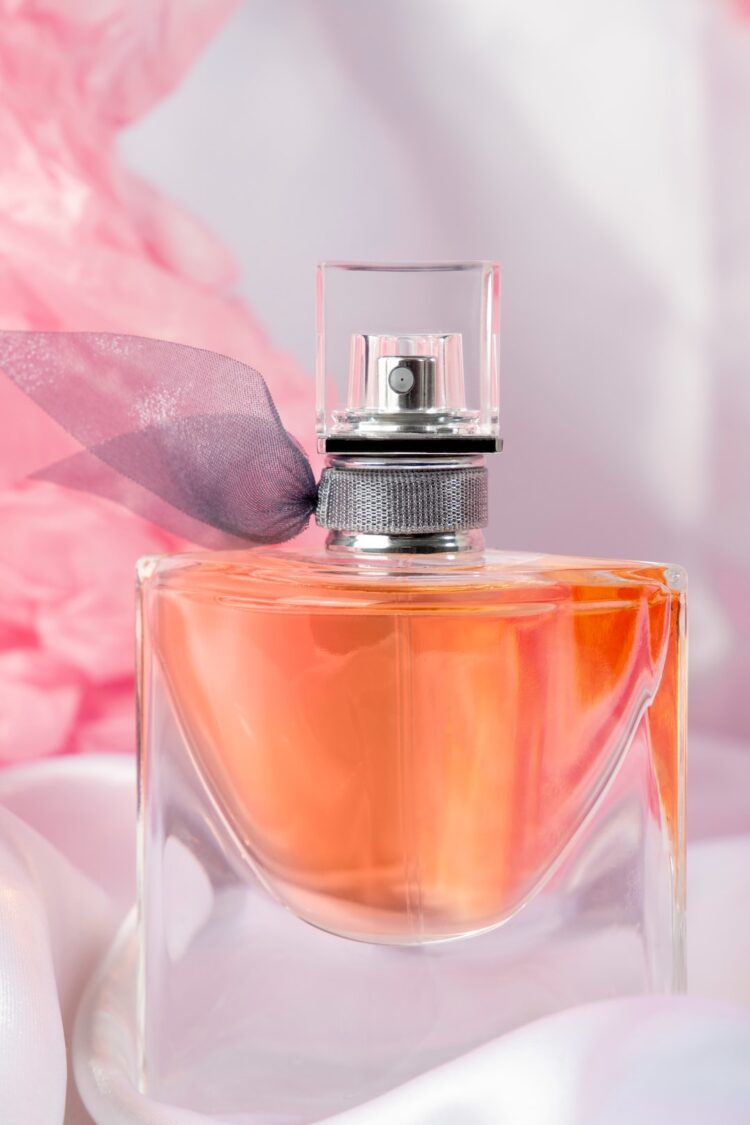Contouring and highlighting have become mainstream in the world of makeup, transforming the way we enhance our facial features. These techniques have gained popularity for their ability to create definition, depth, and dimension by playing with light and shadow. If you’re a beginner, the thought of contouring and highlighting may seem intimidating at first, but fear not! This beginner’s guide will break down the basics, helping you achieve a flawless, sculpted face with ease.
Let’s start by understanding what contouring and highlighting actually mean. Contouring involves using a shade darker than your natural skin tone to create shadows and add definition to specific areas of your face. On the other hand, highlighting uses a lighter shade to illuminate and bring forward certain areas, giving them a youthful and radiant appearance.
Before you embark on your contouring and highlighting journey, it’s crucial to have the right tools and products. You’ll need a contour powder or cream, a highlighting shade, a fluffy brush for blending, and a smaller brush for precise application. It’s important to remember that your contour shade should be matte, while your highlight should have a subtle shimmer or sheen to catch the light.
Now that you have your tools ready, it’s time to identify the areas of your face that can benefit from contouring and highlighting. The most common areas for contouring include the hollows of your cheeks, the temples, the jawline, and the sides of your nose. For highlighting, focus on the high points of your face, such as the tops of your cheekbones, the bridge of your nose, the cupid’s bow, and the brow bone.
To start contouring, apply the product using your contour brush to the areas you want to sculpt. Blend the product in a gentle, circular motion to avoid any harsh lines or streaks. Remember, less is more – you can always build up the intensity gradually. Be sure to blend thoroughly to create a seamless and natural-looking effect.
Next, let’s move on to highlighting. Using your smaller brush, apply the highlight shade to the areas you want to bring forward. Focus on the top of your cheekbones for that ethereal glow, and blend gently for a seamless transition between your contour and highlight. Applying a touch of highlight to the cupid’s bow and the brow bone can also add extra dimension and bring attention to these areas.
When it comes to selecting the right shades for contouring and highlighting, it’s essential to consider your skin tone. For fair skin, opt for cooler undertones, such as taupe or ashy shades. For medium skin tones, warmer undertones like caramel or bronze will work beautifully. If you have darker skin, reach for deep bronzes with red undertones to create a natural-looking contour and a golden highlight.
Remember, contouring and highlighting should enhance your natural features, not completely change your face shape. Everyone’s face is unique, so experiment with different techniques and adapt them to suit your individual needs. The key is to practice and find what works best for you.
In addition, don’t forget to set your contour and highlight with a translucent powder or a setting spray to ensure it lasts all day. This step will also help to blur any harsh lines and give your makeup a more flawless finish.
Finally, it’s important to remember that makeup should be fun and expressive. Contouring and highlighting are just tools to enhance your natural beauty, so feel free to experiment and be creative! With time and practice, you’ll master these techniques, and contouring and highlighting will become second nature to you.
In conclusion, contouring and highlighting are wonderful techniques that can transform your makeup game. With the right tools, products, and a little practice, you’ll be able to sculpt your face and bring your features to life. Always remember to embrace your unique beauty and have fun with your makeup journey. So go ahead, grab that contour brush, and let your creativity shine through!













